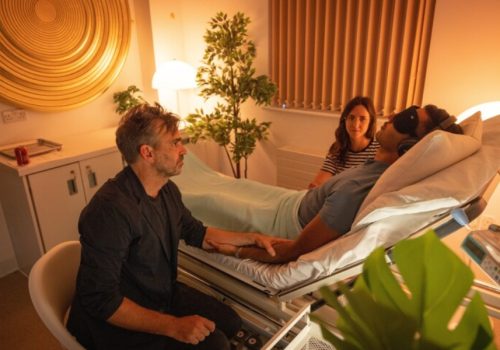Can Invisalign Fix Complex Alignment Issues in Adults?
Orthodontic treatment isn’t just for teens—more adults than ever are seeking ways to improve their smiles and correct long-standing dental problems. With advancements in clear aligner technology, Invisalign has become a leading choice for adults looking for a discreet and modern solution. But can it truly fix complex alignment issues in adults, or is it best reserved for mild cases?
This article explores the capabilities, limitations, and outcomes of Invisalign when used to treat more advanced dental conditions in mature patients.
Understanding What “Complex” Means
Complex alignment issues can involve:
- Severe crowding or spacing
- Deep bites, open bites, or crossbites
- Jaw misalignment
- Rotated or tilted teeth
- Significant midline shifts
These conditions may impact not only appearance but also functionality—affecting speech, chewing, and even long-term oral health.
How Invisalign Works
Invisalign uses a series of clear, removable aligners to gradually shift teeth into proper alignment. Each set is custom-designed to apply controlled pressure on specific teeth, advancing movement stage by stage.
Key features include:
- 3D digital planning for precise control
- SmartTrack material for consistent pressure
- Attachments to improve grip and control
- Elastics and auxiliary tools for bite correction
Newer software and clinical techniques have expanded what Invisalign can achieve—especially when combined with an experienced orthodontist’s guidance.
Improvements in Technology for Complex Cases
In the early 2000s, Invisalign was best suited for minor corrections. However, recent improvements in material, planning software, and add-ons like precision wings, attachments, and power ridges have significantly increased its scope.
Today, Invisalign can address:
- Overbites and underbites
- Deep vertical overlap
- Complex rotation of teeth
- Relapse from previous orthodontic treatment
In fact, many adults who previously would have required metal braces now qualify for aligners—even in complex situations.
Case Selection and Orthodontist Expertise
Not every case is ideal for Invisalign. Success often depends on:
- The experience level of the provider
- Accurate treatment planning and simulation
- Patient compliance with wearing aligners 20–22 hours a day
This is especially important for challenging cases, where treatment may be more intricate or require additional monitoring. For example, treatment plans involving invisalign for adults with severe crowding may involve extraction planning, interproximal reduction, or longer treatment times.
Duration and Expectations
For adults with complex issues, Invisalign treatment can range from 12 to 24 months—or more in rare cases. The process requires regular follow-up appointments every 6–8 weeks and high patient commitment. In some cases, refinements (extra sets of aligners) are needed near the end of treatment to perfect the final results.
Attachments (small, tooth-colored shapes bonded to certain teeth) and elastics are often necessary to guide complex tooth movement and manage bite correction.
Limitations to Keep in Mind
Despite its advancements, Invisalign still has limitations. Some jaw discrepancies or skeletal misalignments might require surgery or other orthodontic tools to achieve optimal results. A qualified provider will evaluate whether Invisalign alone is appropriate or if a hybrid treatment plan is needed.
Conclusion
Invisalign is no longer limited to simple tooth straightening. With today’s advanced tools and techniques, it is a viable option for adults facing complex alignment issues. While the success of the treatment depends on various factors—including the orthodontist’s expertise and patient compliance—it’s possible to achieve impressive, functional, and lasting results with clear aligners.





